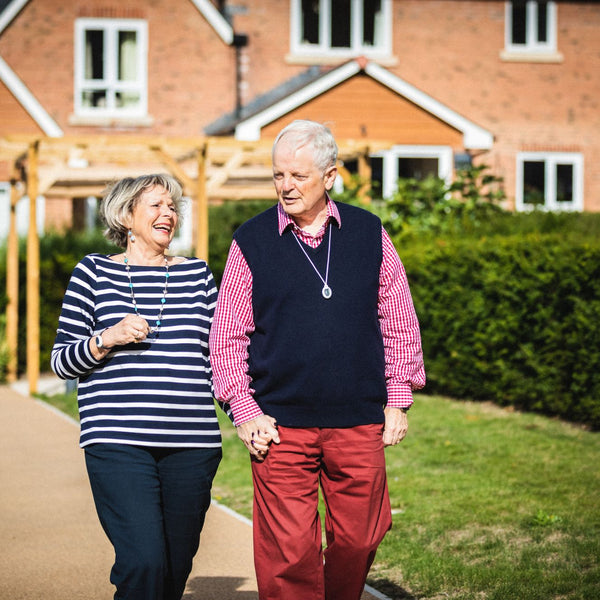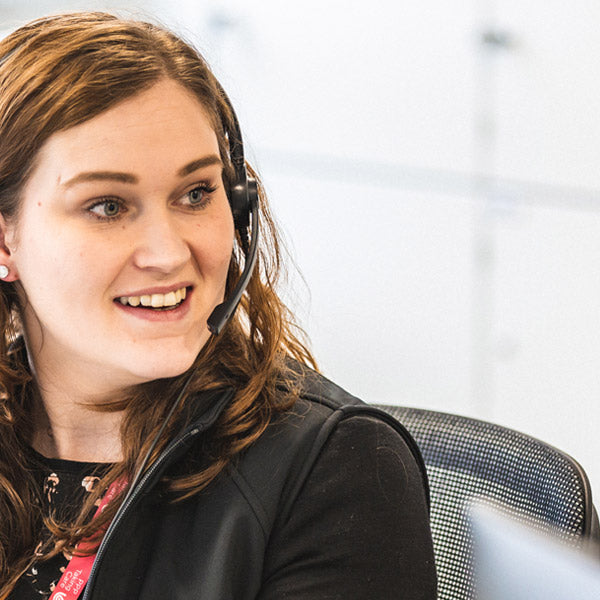A while back, national telecom provider BT announced that in 2027 they will be switching off analogue phone lines and phone services will become completely digital.
There are some fantastic benefits to this digital switchover, but it does also come with some challenges. These challenges will require careful planning and as digital forms of communication become the norm, telecare providers will need to ensure they're well placed to keep up and to make sure life-saving services continue to operate without a hitch.
The challenges of analogue to digital telecare
The current analogue system used to monitor alarm calls is tried and trusted and has been used by telecare providers for many years. As well as alarm receiving centres needing to become fully digital, the alarm units in user’s homes will also need to be upgraded. This of course presents a significant investment in new technology.
However for Local Authorities, we can see efficiency benefits. The ability to control devices remotely means home visits become less necessary keeping costs down. New digital devices can also send different kinds of alerts to different people. Meaning that for certain alerts key holders could step in, creating less reliance on telecare providers. Cost savings like these will help to offset the cost of the transition.
Additionally, as telecare providers begin this digital transition, it is important to take the proper steps to avoid service disruption and the risk of failed calls. Having a plan and starting early will be key to the smooth transition from analogue monitoring to digital.
At Taking Care, digital migration is at the forefront of our plans and we are in the fortunate position to have access to technology insights from AXA Health. We’re already working on the next generation of products and services to help people age well in the digital age. This means we’re well-positioned to help Local Authorities deliver a digital technology enabled care strategy to their residents and we can support their analogue to digital telecare transition.
Done properly, the move from analogue to digital means much more than replacing old technology. We’re confident that it will transform telecare. It will bring down the costs of domiciliary care and care home admissions and it will reduce the use of healthcare services, including hospital visits.
The benefits of digital telecare
At present, telecare relies on the analogue telephone network, with providers such as ourselves supplying standalone devices to people’s homes. These devices are connected to dedicated monitoring systems and response centres. However using digital technology, these devices won’t need to work alone. They can be linked to other devices and services, and provide real-time, inter-connected information to family members, carers and healthcare experts.
Digital devices make it easier to collect and combine data. For example, with a system of digital alarms and monitoring, carers and family members would have access to information and insights about a person that may otherwise go unnoticed. Information about when the user was last visited, or how frequently they have been waking at night could all be available in a centralised location, where those who need the information can access it.
With digital tools, it becomes easier to work together. This could mean using a smartphone app so that carers and nurses can share what’s going on. Bringing their knowledge together with a few clicks and without reams of paperwork.
This will also bring improvements to the telecare devices themselves. Wearable technology (like GPS-enabled personal alarm watches or shoes with personal fall alarms) will become common. At night, acoustic monitoring could trigger an alarm for unusual noise or sensors built into mattress pads could keep an eye on sleep and snoring.
The transition to digital telecare presents some exciting opportunities for an enhanced level of care to those who want to remain living independently for longer.
Find out how Taking Care can share insights into technology-enabled care and Local Authorities support their independent elderly or vulnerable residents.




